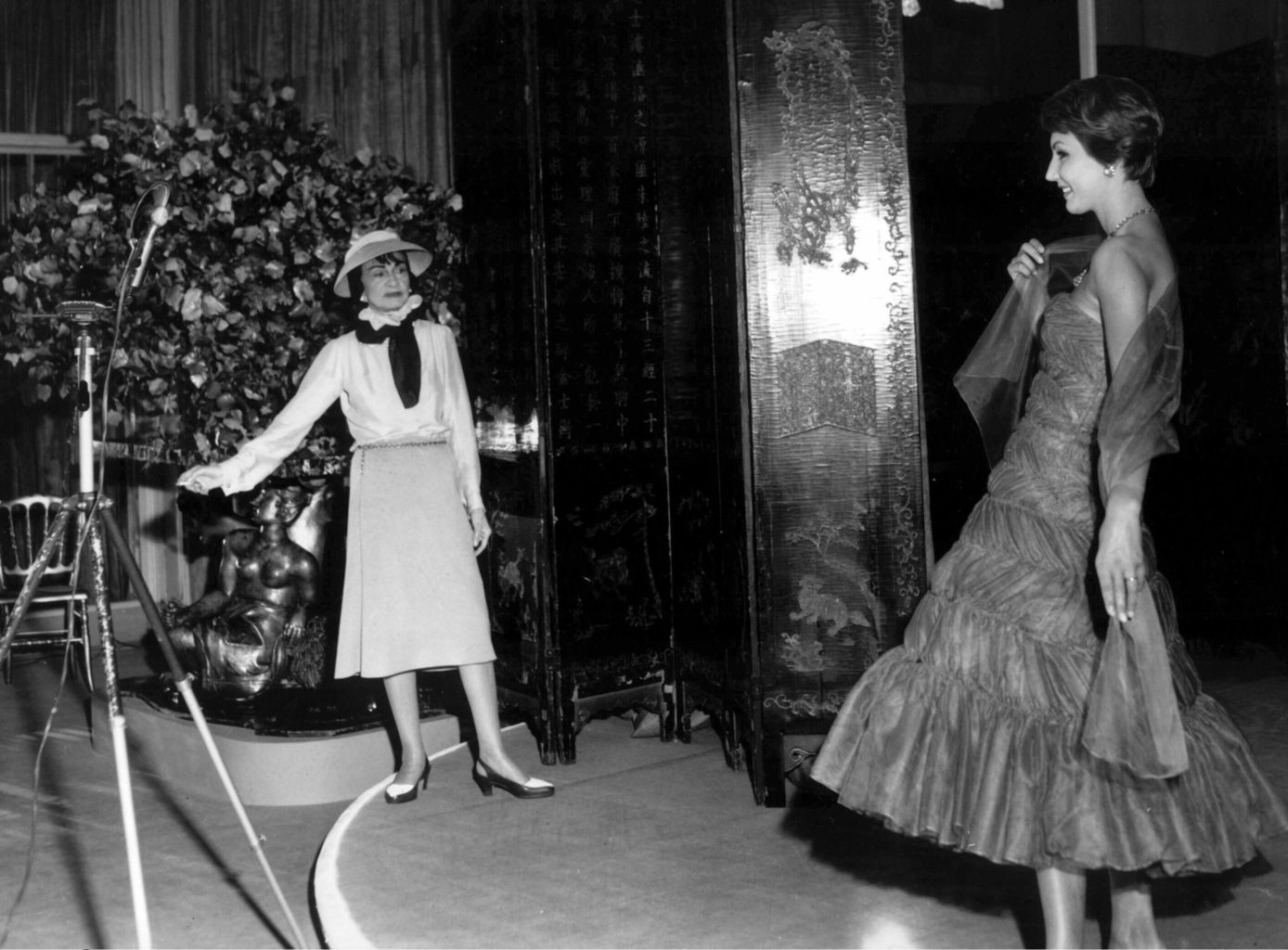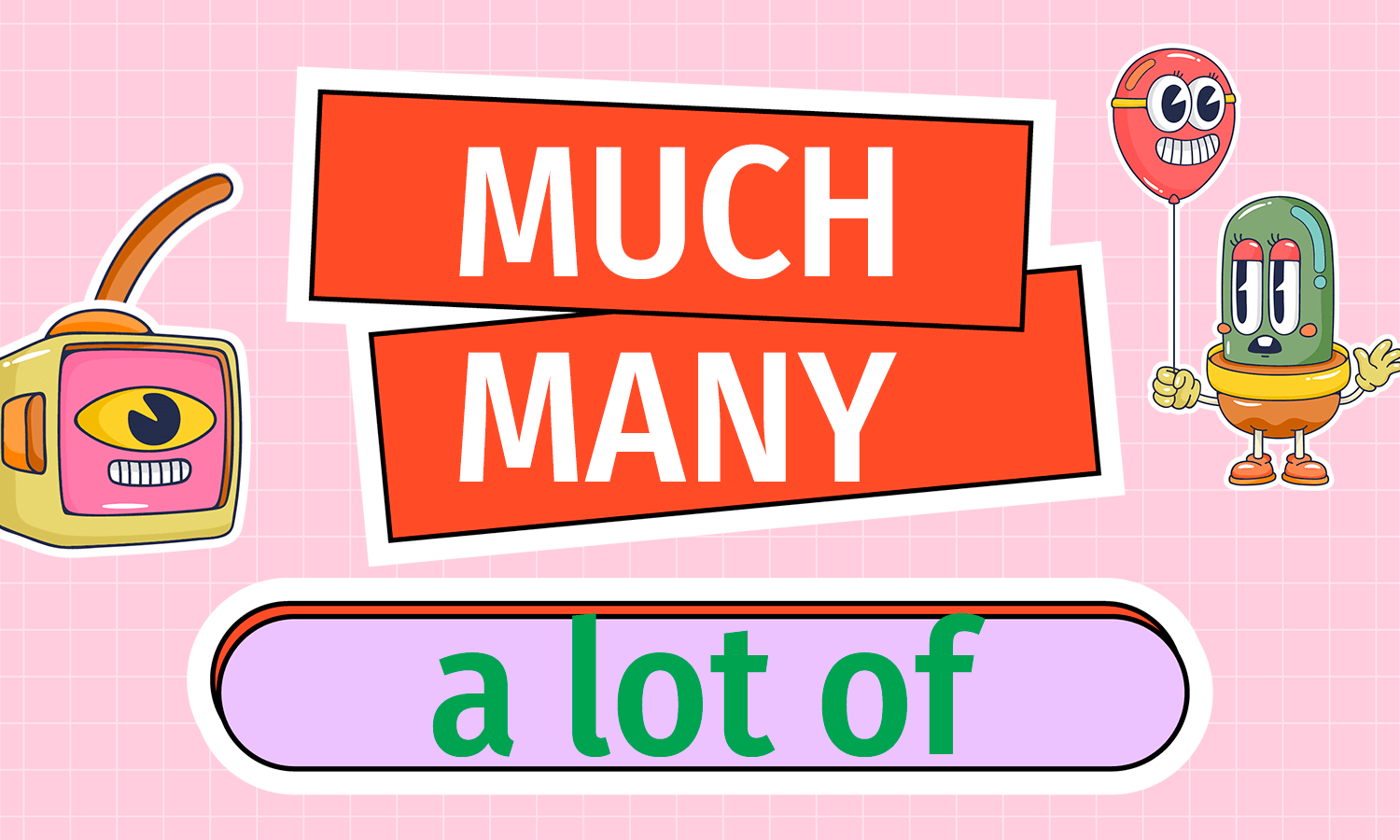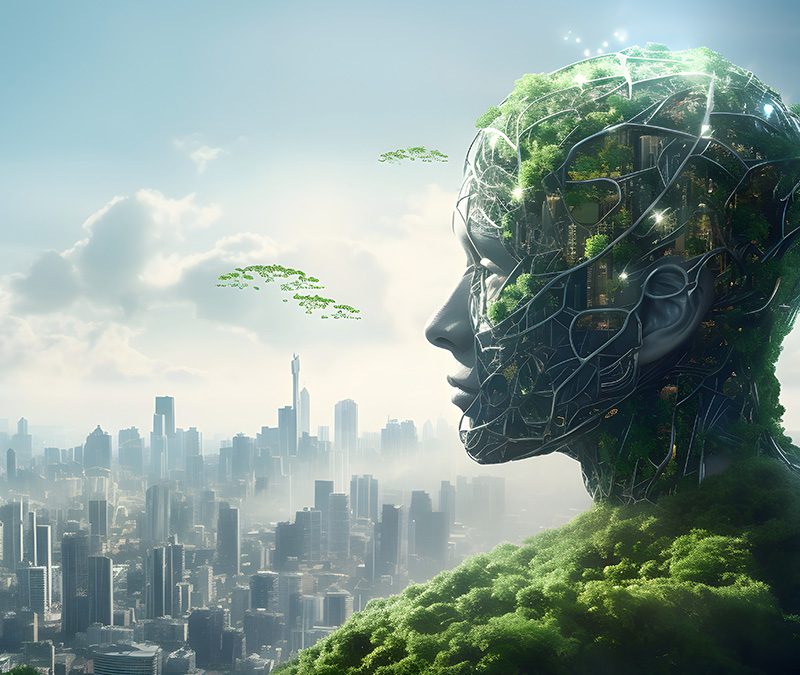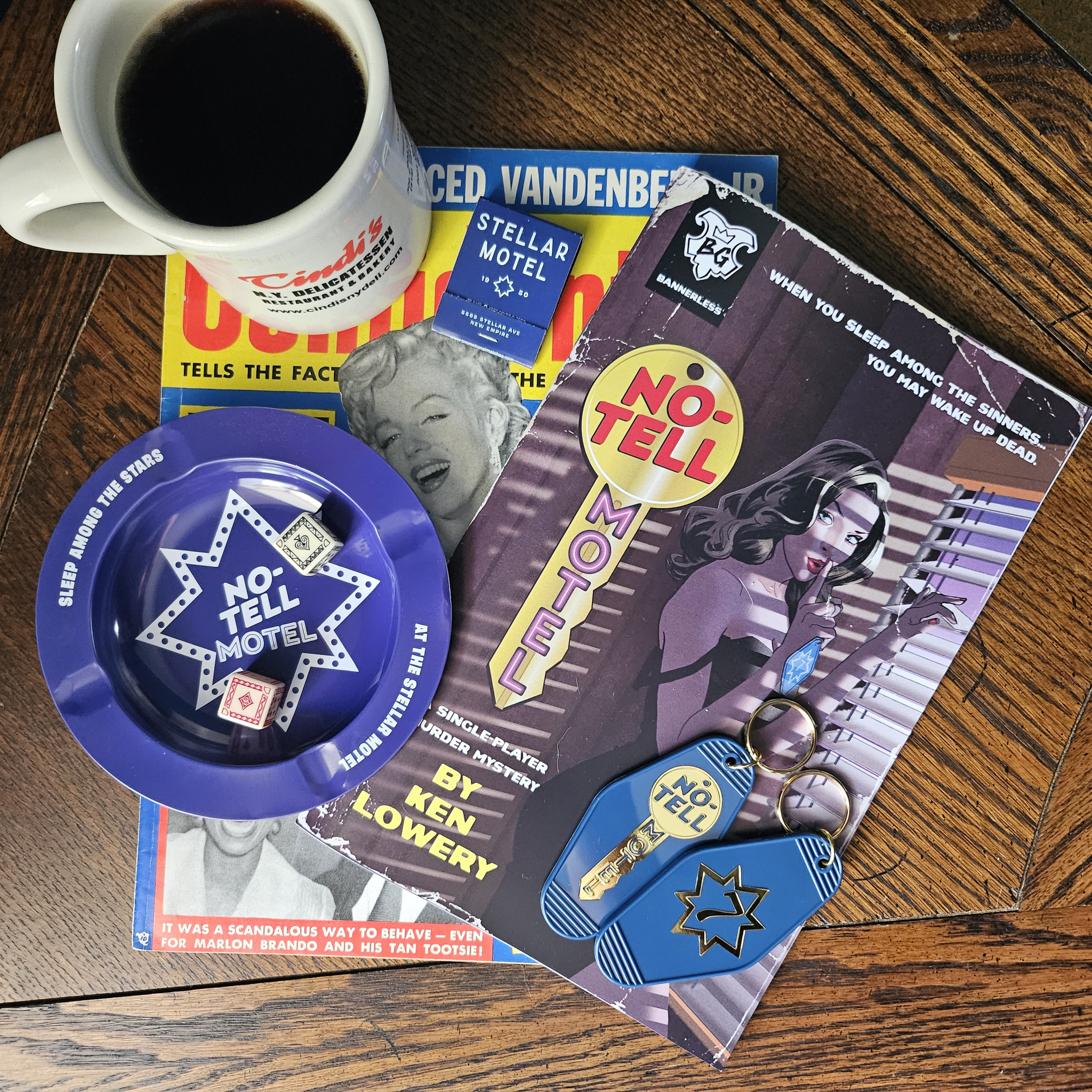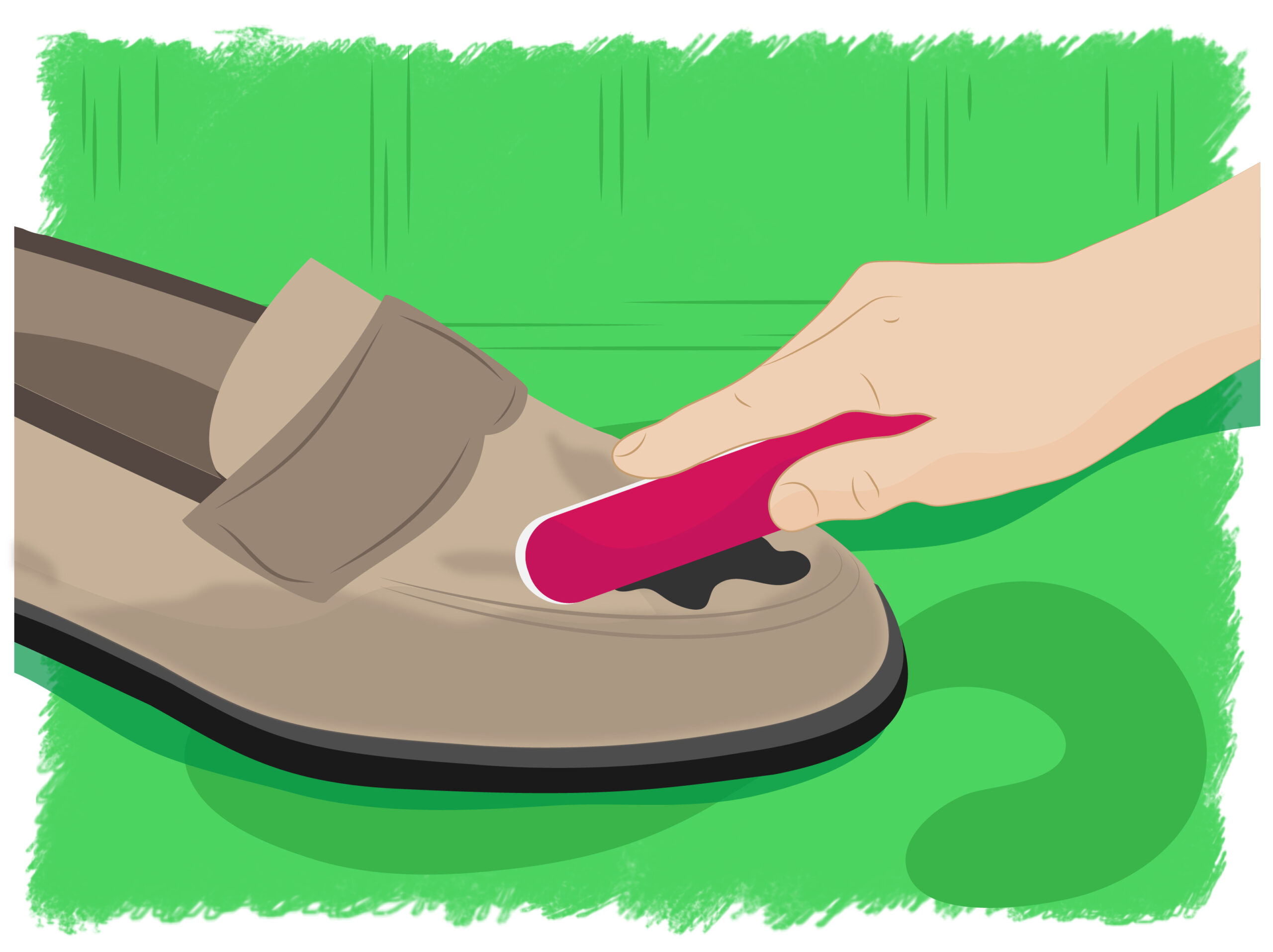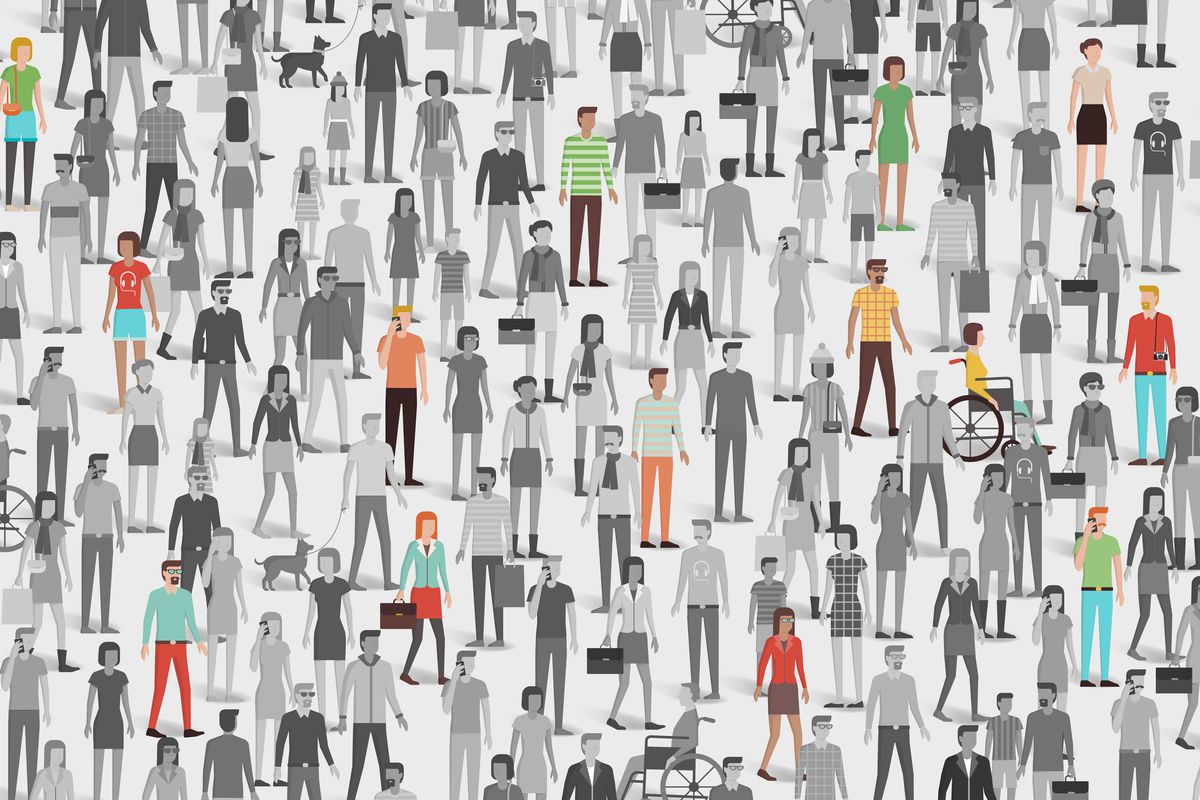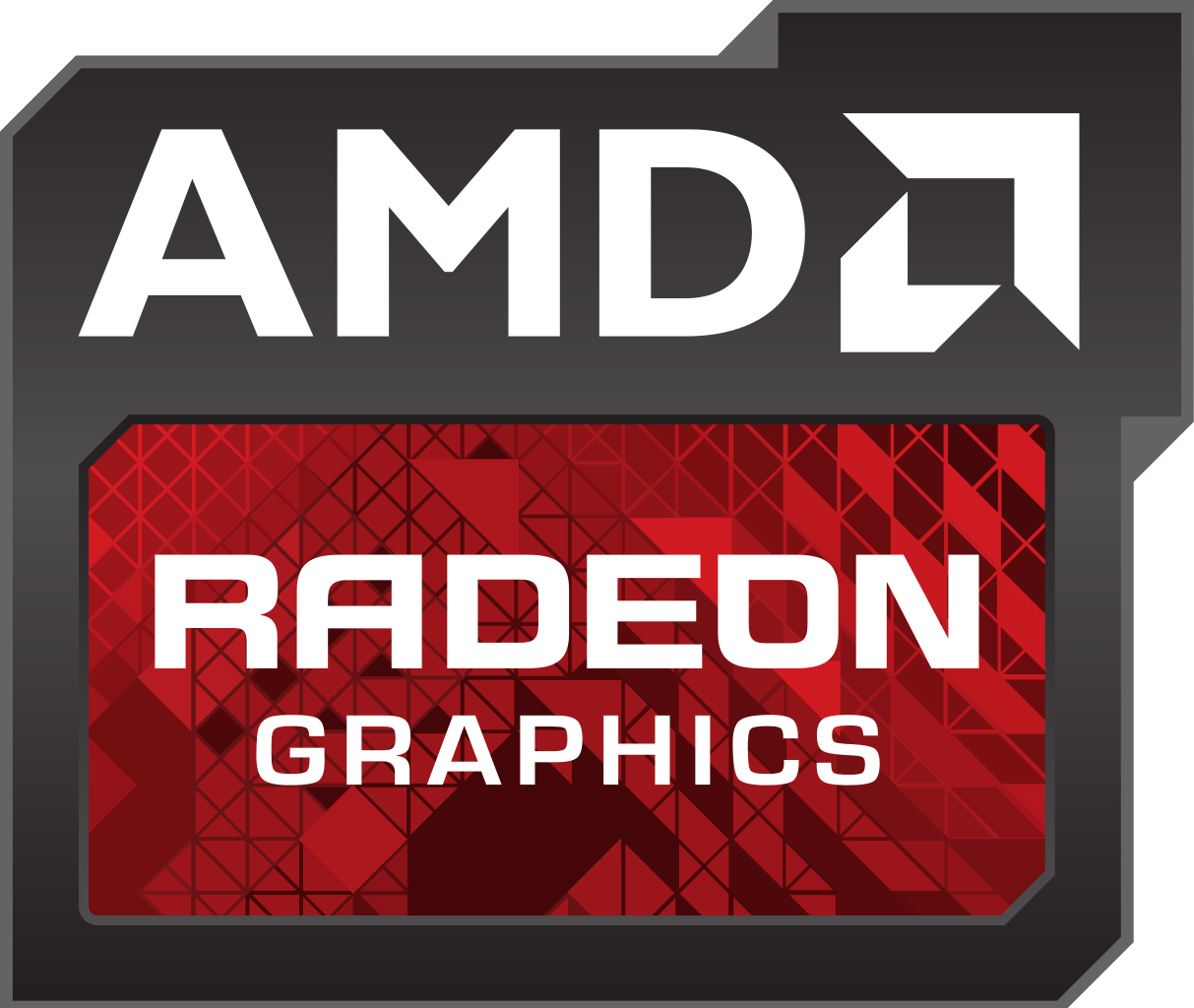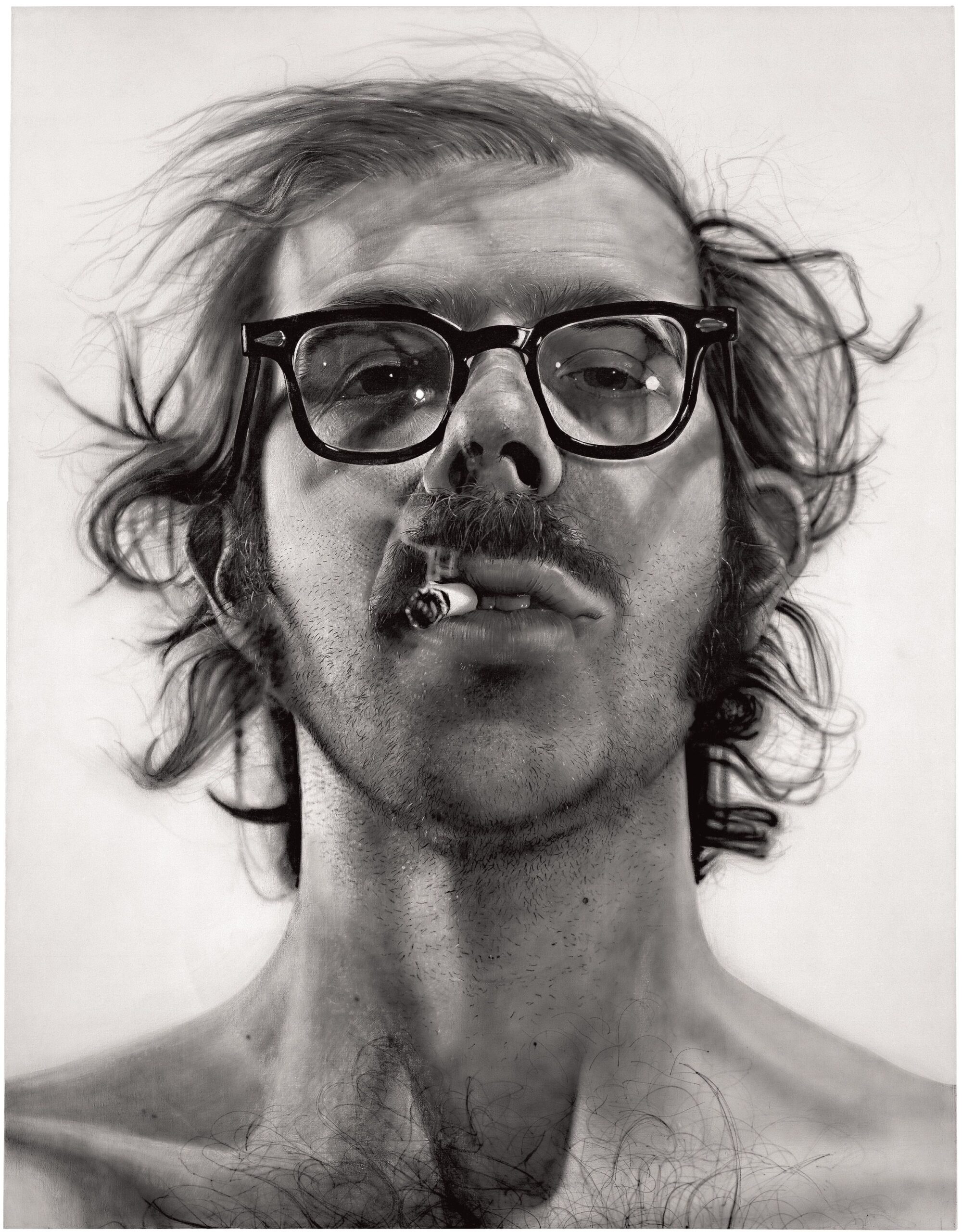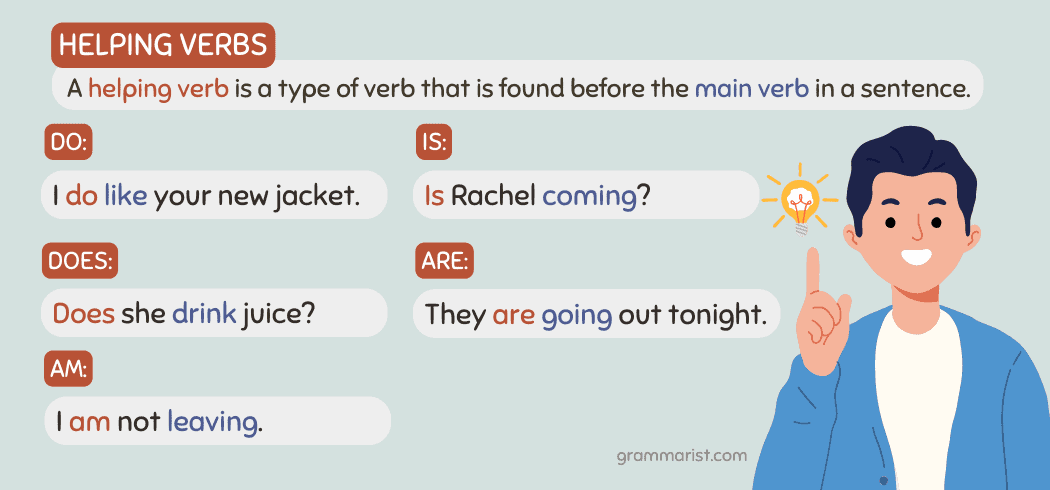Unlocking Creativity: The Role and Potential of a Fashion Illustrator
Introduction
Fashion illustration is a vibrant, essential facet of the fashion industry. At its core, a fashion illustrator combines artistic skill with a passion for clothing, helping designers transform visionary concepts into visible, communicable designs. If you’re drawn to the intersection of art and fashion, understanding the world of fashion illustration can open doors to creative careers and opportunities in a rapidly evolving field.
What Does a Fashion Illustrator Do?
Fashion illustrators are visual artists who create representations of clothing, accessories, and even footwear, translating designers’ concepts into detailed sketches and vibrant images. Their work serves as the first tangible step in bringing fashion ideas to life, often before any prototypes or samples are made [1] . A fashion illustrator’s tasks include:

Source: whowhatwear.com
- Sketching Designs: Creating detailed and stylized drawings that capture the essence of a garment, including movement, texture, and fit. They use various mediums such as pencils, inks, watercolors, and digital tools.
- Collaborating with Designers: Working closely with fashion designers to visually interpret and refine creative ideas, helping designers explore different styles, colors, and patterns before finalizing a collection.
- Rendering Final Drawings: Producing polished illustrations that depict the final look of a garment, crucial for client presentations and marketing materials.
- Creating Mood Boards: Combining illustrations with photographs, fabric swatches, and color palettes to present holistic design concepts.
- Marketing and Promotional Work: Supplying artwork for magazines, lookbooks, advertisements, and social media – essential for brand storytelling and collection launches.
- Trend Research and Forecasting: Keeping up-to-date with fashion trends to ensure illustrations are current and relevant [1] .
Some illustrators also develop sewing patterns and provide step-by-step instructions for manufacturers and sewers, bridging the gap between conceptual art and practical garment construction [2] .
Skills and Qualifications
While there are no strict educational requirements to become a fashion illustrator, formal training can be highly beneficial. Many successful professionals hold degrees in:
- Fashion Design
- Fine Art
- Graphic Design
- Illustration
Advanced courses in pattern making, sewing, and digital design tools such as Adobe Illustrator and Photoshop further enhance employability. For those interested in teaching or freelance work, postgraduate qualifications in illustration or graphic design may be useful [2] .
Key skills required include:
- Technical proficiency with drawing tools and digital illustration software
- Attention to detail for accurate, expressive sketches
- Understanding of fashion design principles and garment construction
- Creativity and a strong sense of style
- Excellent communication skills for collaboration and client presentations
Real-World Applications and Career Paths
Fashion illustrators work in diverse settings, including design studios, fashion houses, magazines, boutiques, and as freelancers. Their illustrations appear in:
- Editorial spreads for fashion publications
- Advertising campaigns and catalogs
- Packaging for beauty and fashion products
- Live sketching events at runway shows and product launches
Some illustrators focus on surface pattern design or textile design, creating repeatable prints for garments and accessories [5] . Others specialize in digital art or animation, using technology to add depth and dynamism to their work.
Building a Portfolio and Finding Opportunities
Maintaining a strong, updated portfolio is essential for showcasing your style and range. Your portfolio should include:
- Original sketches and finished illustrations
- Examples of collaborations with designers
- Artwork used in marketing or editorial projects
To access opportunities, consider these pathways:
- Attend fashion industry events, art fairs, and portfolio reviews to network with designers and brands.
- Connect with professionals through online platforms like LinkedIn and Behance. You can also search for fashion illustration job postings on reputable career sites and apply directly.
- Reach out to local fashion houses, magazines, or design studios and offer your services. Many illustrators start with freelance or commission-based work before landing full-time roles.
- Stay active on social media to showcase your work and attract clients; Instagram and Pinterest are popular platforms for visual artists.
As you grow your career, consider joining professional organizations such as the Society of Illustrators or fashion-specific associations. These organizations provide resources, mentorship, and networking opportunities, but always verify their legitimacy before engaging.
Step-by-Step Guidance to Becoming a Fashion Illustrator
1. Develop Core Skills: Practice drawing garments, accessories, and figures using both traditional and digital media. Experiment with different styles and techniques.
2. Learn Relevant Software: Gain proficiency in industry-standard programs like Adobe Illustrator, Photoshop, and, where appropriate, 3D design software such as Clo3D [5] .
3. Build a Portfolio: Create a diverse collection of your best work. Include both personal projects and professional commissions.
4. Network and Market Yourself: Attend events, share your work online, and communicate with potential clients and collaborators.
5. Apply for Positions or Offer Freelance Services: Search for job openings at fashion houses, studios, and agencies. If pursuing freelance work, contact potential clients and promote your services through your portfolio and social media presence.
6. Stay Current: Continuously update your skills, portfolio, and knowledge of fashion trends. Participate in professional development workshops and courses.

Source: ediytanitansy.pages.dev
Challenges and Solutions
Fashion illustration is competitive and requires adaptability. Challenges include:
- Keeping up with fast-changing trends: Solution: Regularly research fashion news, attend events, and follow influential designers.
- Balancing creative vision with client needs: Solution: Communicate proactively and be open to feedback, revising work as needed.
- Building a client base: Solution: Network consistently, deliver high-quality work, and maintain professional relationships.
- Adapting to digital transformation: Solution: Invest time in learning new technologies and digital illustration techniques.
Alternative Approaches
Not every fashion illustrator follows the same path. Alternatives include:
- Editorial Illustration: Focus on magazine work, creating fashion stories and trend reports.
- Beauty Packaging: Collaborate with cosmetic brands to design artwork for products.
- Live Sketching: Offer services at fashion events, capturing real-time looks and atmosphere.
- Teaching: Pursue postgraduate qualifications and teach fashion illustration at art or design schools [2] .
Each alternative requires specific skills and networking strategies. Consider your interests and strengths when choosing a direction.
Accessing Fashion Illustration Resources and Opportunities
To access educational programs, job listings, or industry events, you can:
- Search for accredited art and fashion institutions offering relevant courses. Look for programs at well-known universities or colleges with established fashion departments.
- Visit trusted career platforms such as CareerExplorer for detailed job descriptions and career advice [1] .
- Use reputable job search engines such as Indeed to find current openings and guidance [2] .
- Read professional blogs from established illustrators for insights and advice, such as Rongrong DeVoe’s blog [4] .
If you’re uncertain about a particular resource, search for the institution or organization name directly to verify its authenticity before engaging.
Key Takeaways
Fashion illustration blends artistic vision with practical design, playing a crucial role in the fashion industry. Whether sketching for designers, creating patterns for manufacturers, or producing artwork for magazines and advertising, fashion illustrators drive creative expression and help bring collections to life. By developing skills, building a portfolio, and networking across fashion’s diverse landscape, aspiring illustrators can find rewarding careers while continually adapting to new trends and technologies.
References
- [1] CareerExplorer (2024). What does a fashion illustrator do?
- [2] Indeed (2025). What is a fashion illustrator? (Duties, skills and tips)
- [3] StateUniversity.com (n.d.). Fashion Illustrator Job Description, Career as a Fashion Illustrator
- [4] Rongrong DeVoe (2022). What Is a Fashion Illustrator & How to Become One
- [5] Himalayas (2025). 4 Fashion Illustrator Job Description Templates and Examples
MORE FROM savvysc.com
